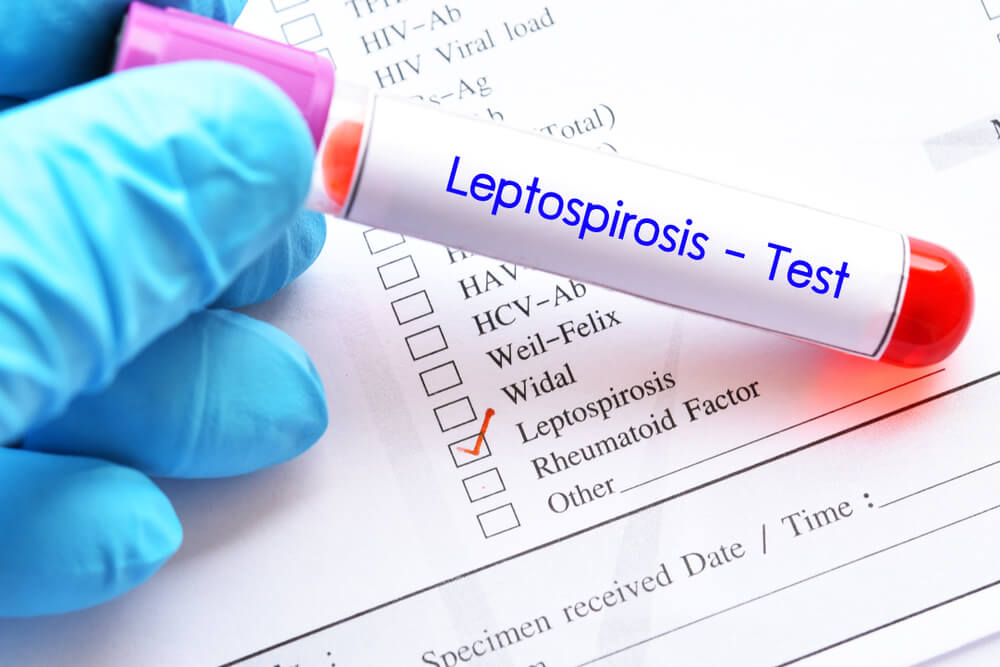SYMPTOMS
Symptoms usually appear within 5 to 14 days after being infected by bacteria. Still, it develops sometime within 2 to 30 days after infection with an average of 10 days.
In most leptospirosis cases, the symptoms are mild such as;
- Fever
- Chills
- Muscle aches
- Headaches
- Cough
- Nausea
- Vomiting
- Loss of appetite
In rare cases, you might develop Weil’s disease with three days of development of symptoms after milder symptoms of leptospirosis have passed. However, symptoms vary on which organs are infected.
When liver, kidney, and heart are infected, symptoms may include:
- Nausea
- Loss of appetite
- Weight loss
- Fatigue
- Swollen ankles, feet, or hands
- Swelling of liver
- Decrease in urination
- Shortness of breath
- Rapid heartbeat
- Jaundice
When the brain is infected:
- High fever
- Nausea
- Vomiting
- Neck pain
- Drowsiness
- Mental instability
- Aggressive behaviour
- Seizures
- Uncontrollable movements
- Inability to speak
- Lights aversion
When lungs are infected:
- High fever
- Shortness of breath
- Coughing up blood
Causes
Weil’s disease is caused by a bacterium called Leptospira. It typically infects farm animals, dogs, and rodents, and humans can be infected through the eyes, mouth, or open cuts by the exposure of:
- Urine, blood, or tissue from an infected animal
- Animal saliva when bitten by an animal
- Contaminated water
- Contaminated soil


